Slide Show: Portland’s Rising Stars
June 26, 2009
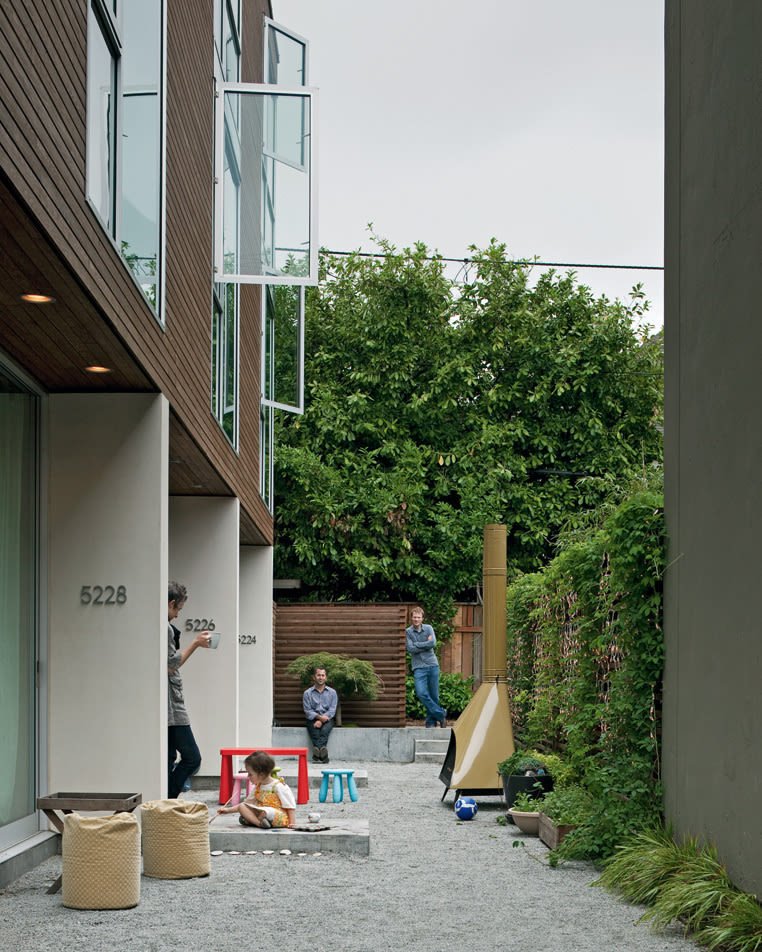
Corey Martin and Ben Kaiser, the partners behind Path Architecture, have been developing, designing, and serving as contractors for a series of dynamic new infill housing developments and single-family houses peppering the city.
Photography by John Clark

Path developed the Williams Five apartments on a narrow 50-foot-by-94-foot lot on N Williams Avenue, six feet shy of the 50-by-100 foot traditional Portland lot. By arranging the units along a pathway and courtyard perpendicular to the street, Path wa
Photography by Ty Milford: Courtesy of Path Architecture
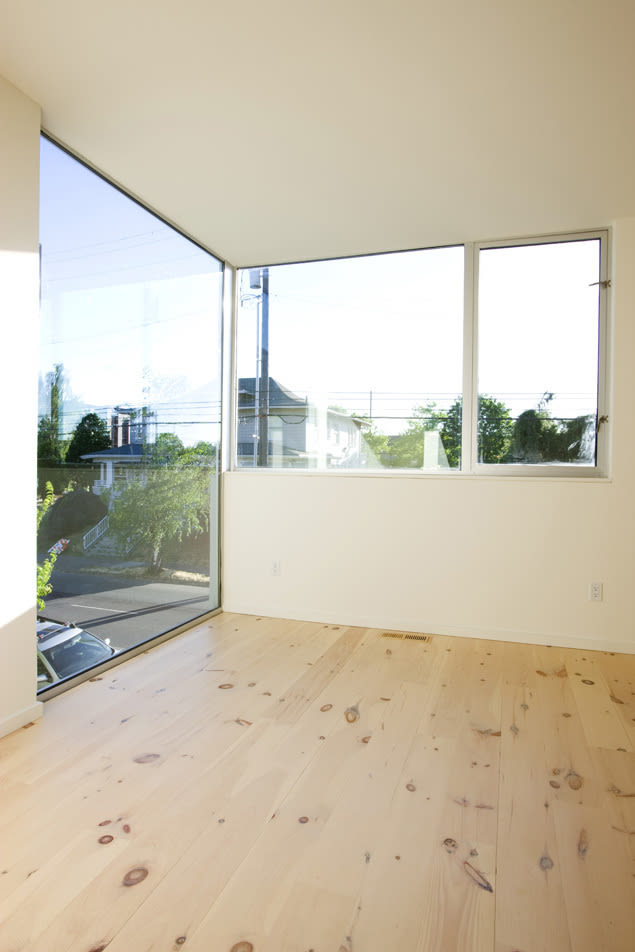
The two-story units are snug but feel spacious thanks to their floor-to-ceiling corner windows, which help extend the space.
Photography by Ty Milford: Courtesy of Path Architecture
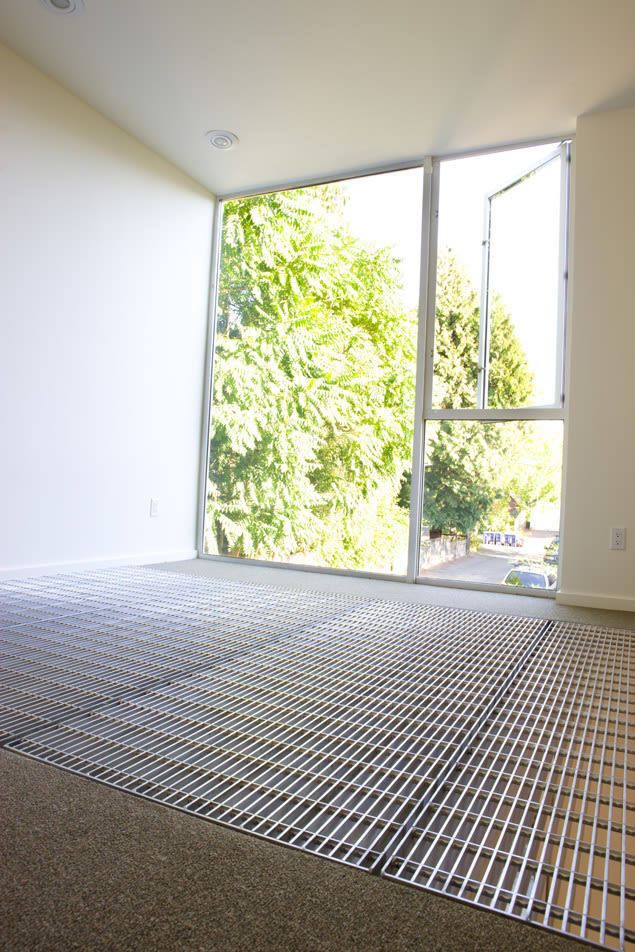
Infill lots can present a challenge for higher-density development, particularly when it comes to light. To bring more light to the lower floors of the units, Path developed a simple steel grate for the second-level floors.
Photography by Ty Milford: Courtesy of Path Architecture
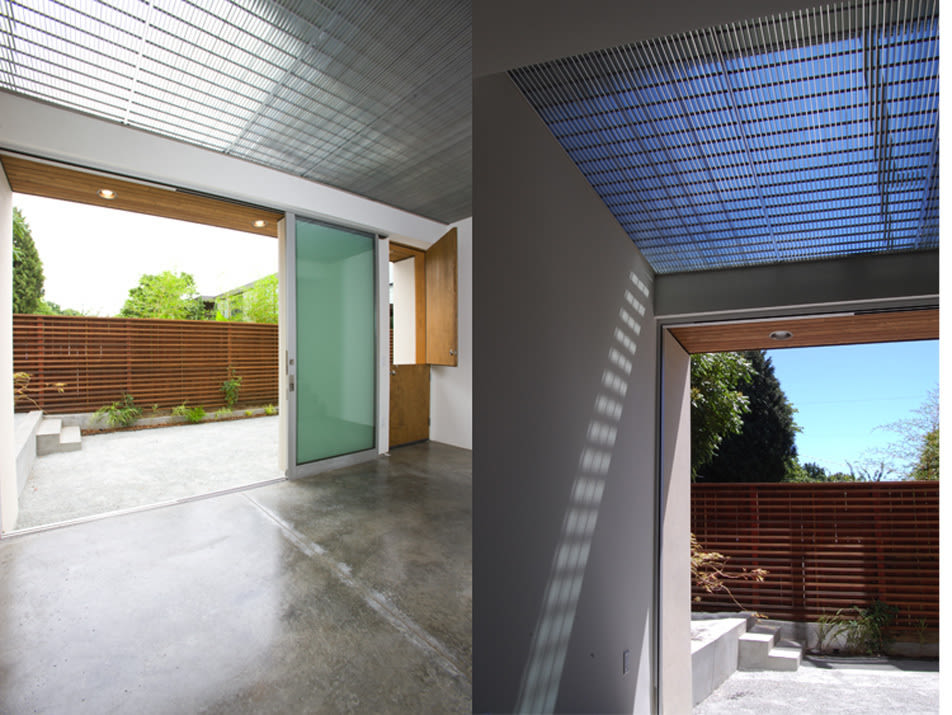
The grates also create texture and shadows.
Photography by Ty Milford: Courtesy of Path Architecture
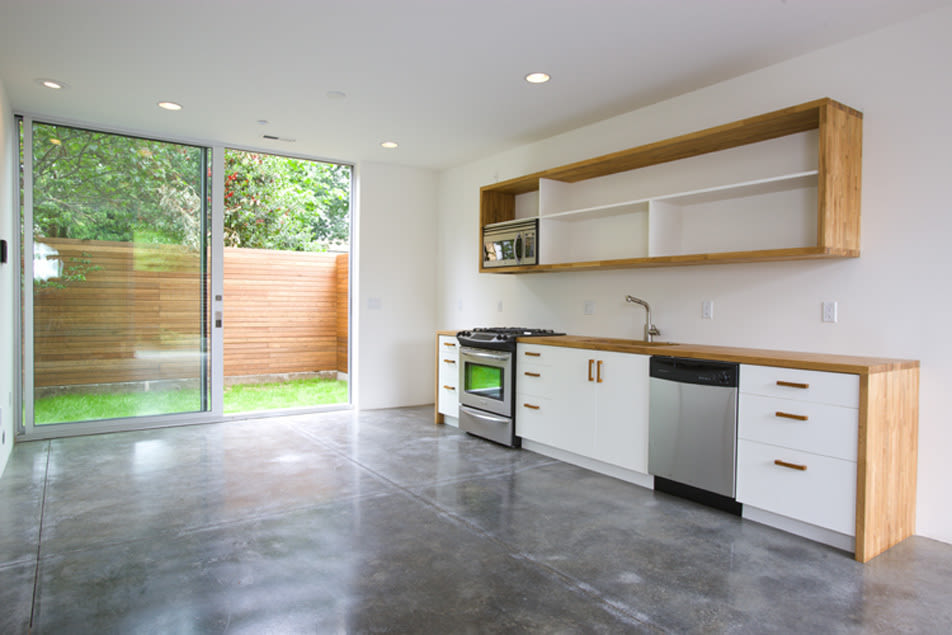
The loft-style units maximize flexibility of use. Radiant-heated concrete floors provide comfort. Wood trim brings visual warmth to the space.
Photography by Ty Milford: Courtesy of Path Architecture
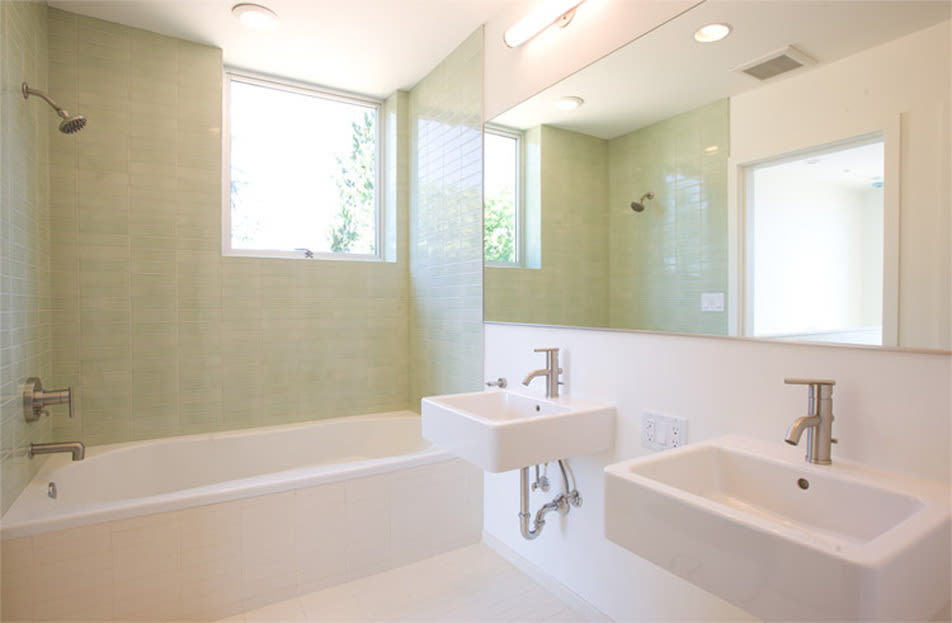
Small spaces become big experiences courtesy of the minimal finishes and tight composition of wall, glass, and even fixtures in each room.
Photography by Ty Milford: Courtesy of Path Architecture

Traditionalists may balk at the abstract, modern style of Williams Five, but the development’s materials—stucco and wood—and its craftsmanship could not be more Old World. These housing units are designed and built to last. They’ll be appreciated deca
Photography by Ty Milford: Courtesy of Path Architecture
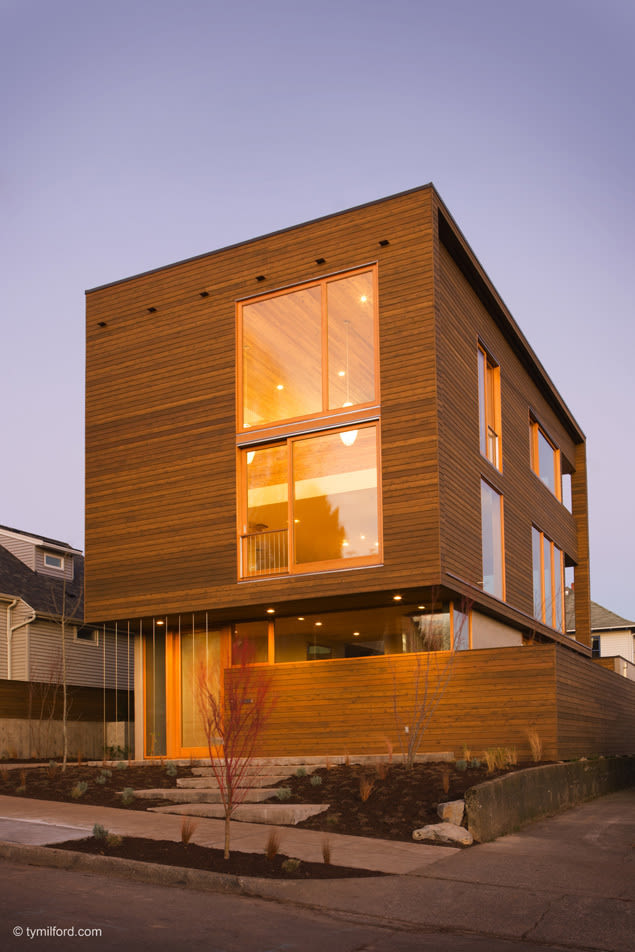
At the Butler residence in Southeast Portland, Path created the same highly crafted space found in the Williams Five apartments in a single-family home.
Photography by Ty Milford: Courtesy of Path Architecture
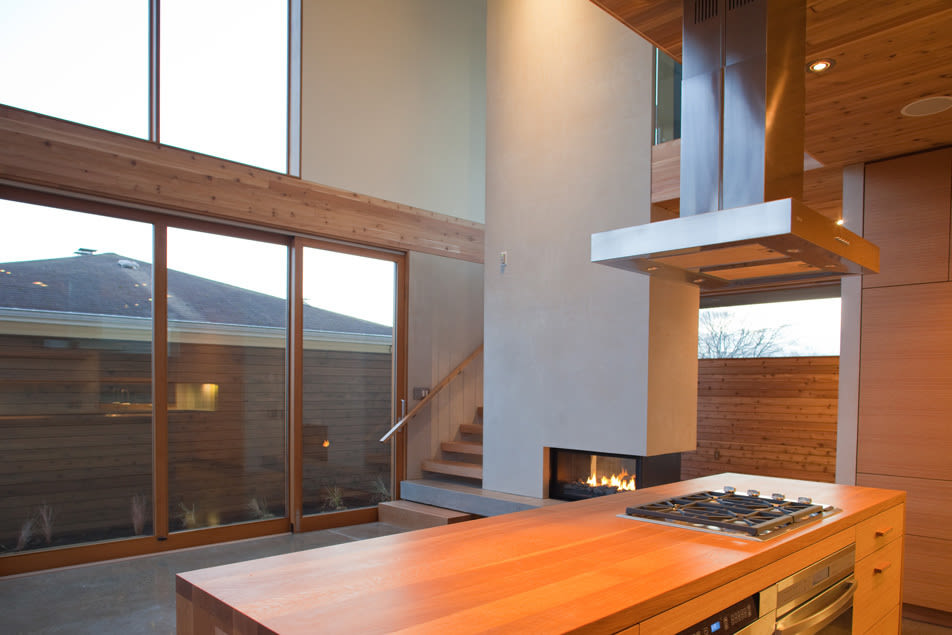
Path had a larger budget at the Butler residence, but the firm still proves that beauty is more about the knowing use of light and materials than about lavish finishes.
Photography by Ty Milford: Courtesy of Path Architecture

Every connection, no matter how small, is considered carefully to match elegance with thrifty innovation.
Photography by Ty Milford: Courtesy of Path Architecture
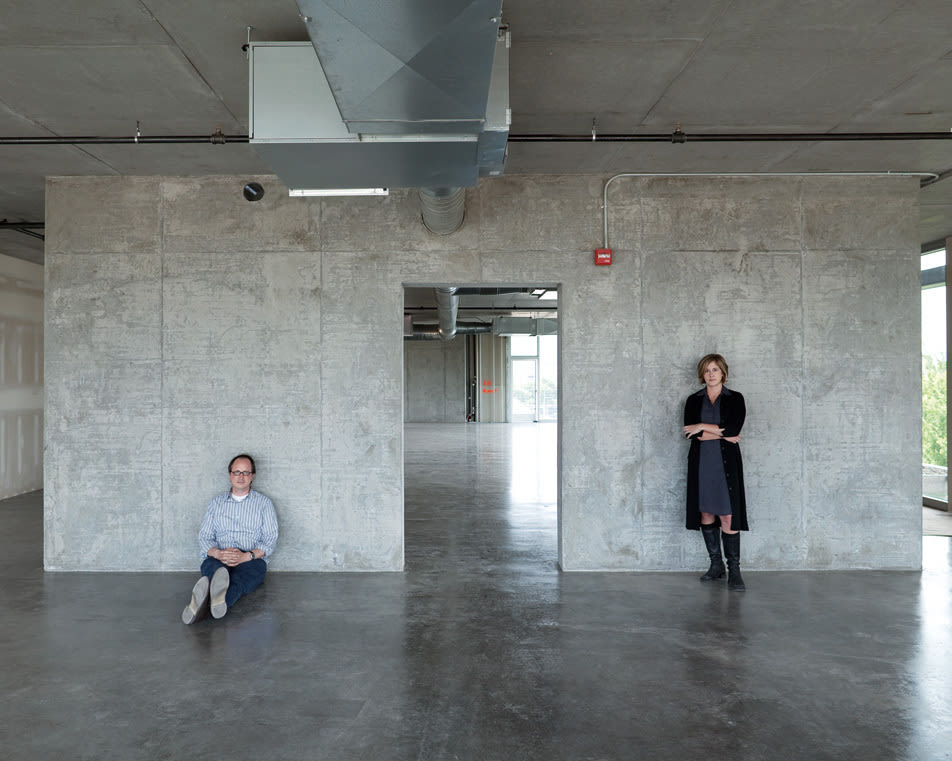
Founded by William Neburka and Carrie Schilling, Works Partnership Architecture has designed high-profile remodels of Central East Side icons like the Olympic Mills Warehouse. But the Bside6 building, rising near the eastern bridgehead of Burnside Str
Photography by John Clark

Rising on a 38-foot-wide lot that most developers would believe too small to profitably build on, Bside6 has proven that simplicity can overcome economics. The building utilizes an exposed post-tension concrete frame to span the 38-foot lot, leaving c
Photography by Works Partnership Architecture
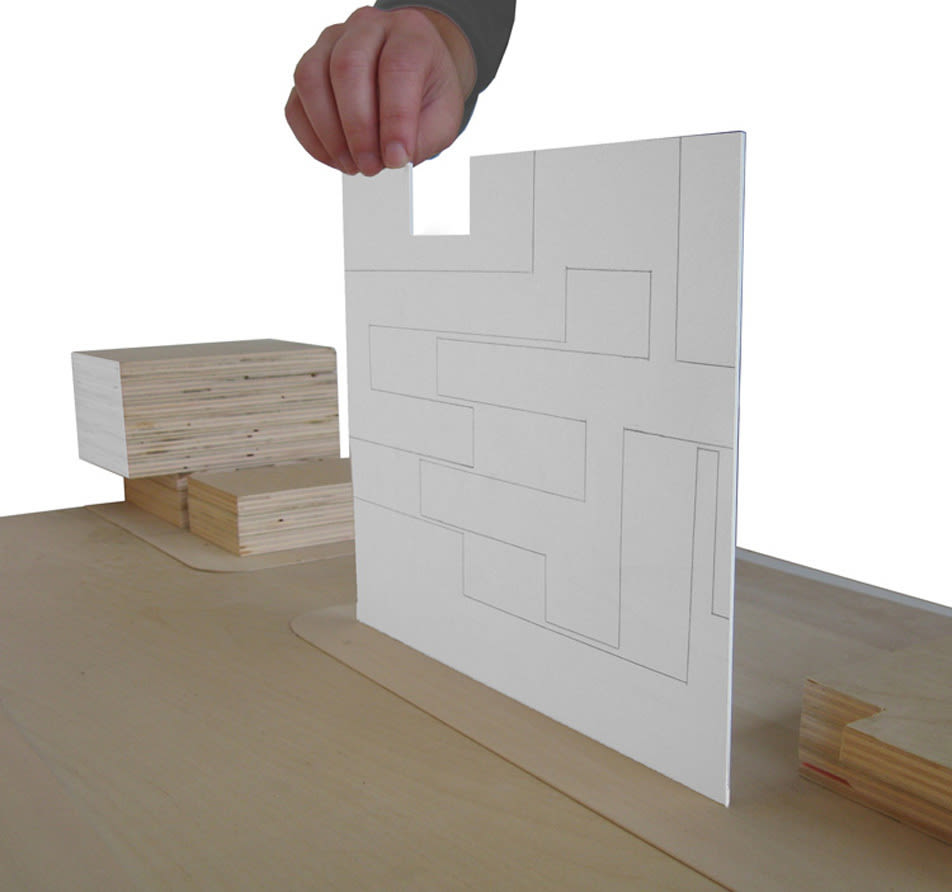
The concept is simple: a single plane, cut and folded into a series of bays.
Photography by Works Partnership Architecture
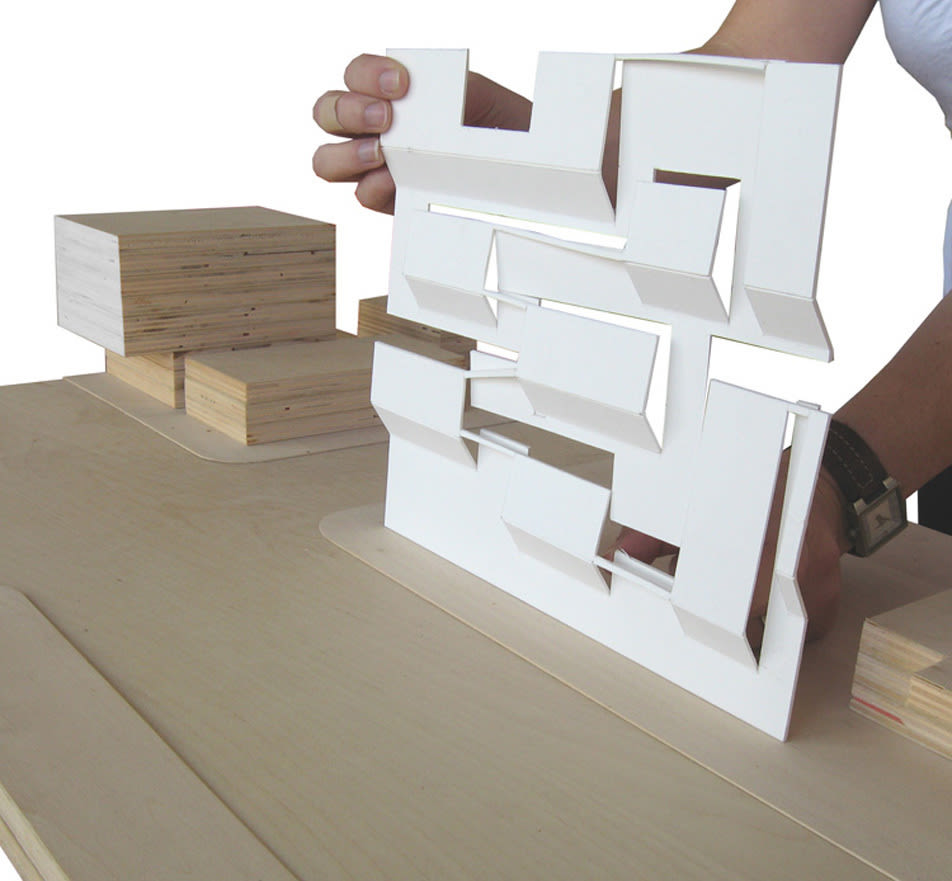
The bays provide a sidewalk canopy that fits into E Burnside Street’s historic arcades while maximizing westward views of the city.
Photography by Works Partnership Architecture
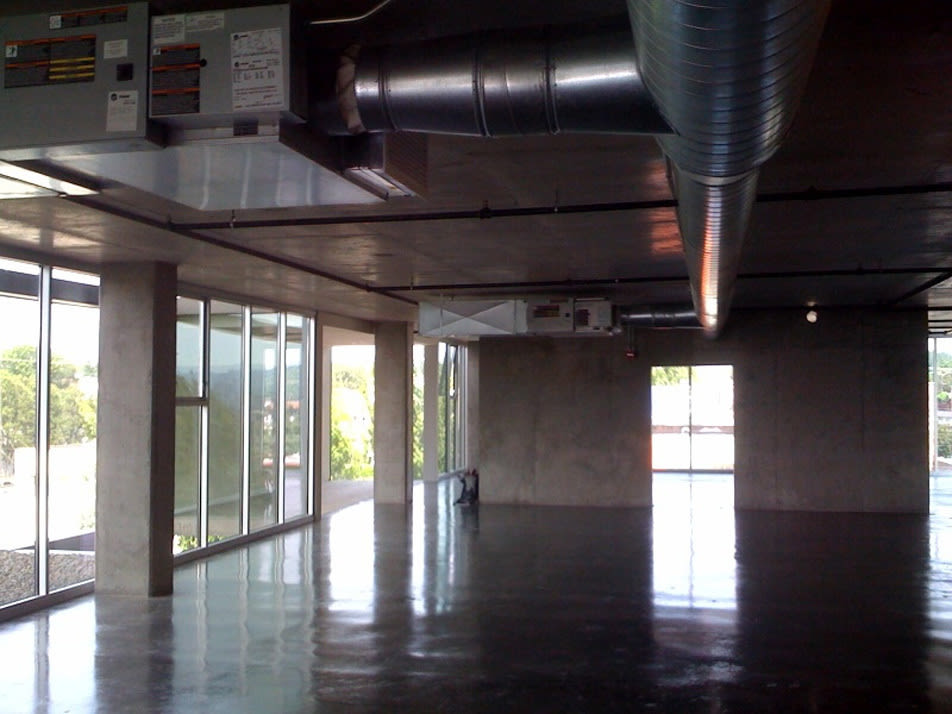
Concrete, glass, space and views—that’s it. The Bside6’s architecture is not about the finishes, but the experience of form and light.
Photography by Works Partnership Architecture
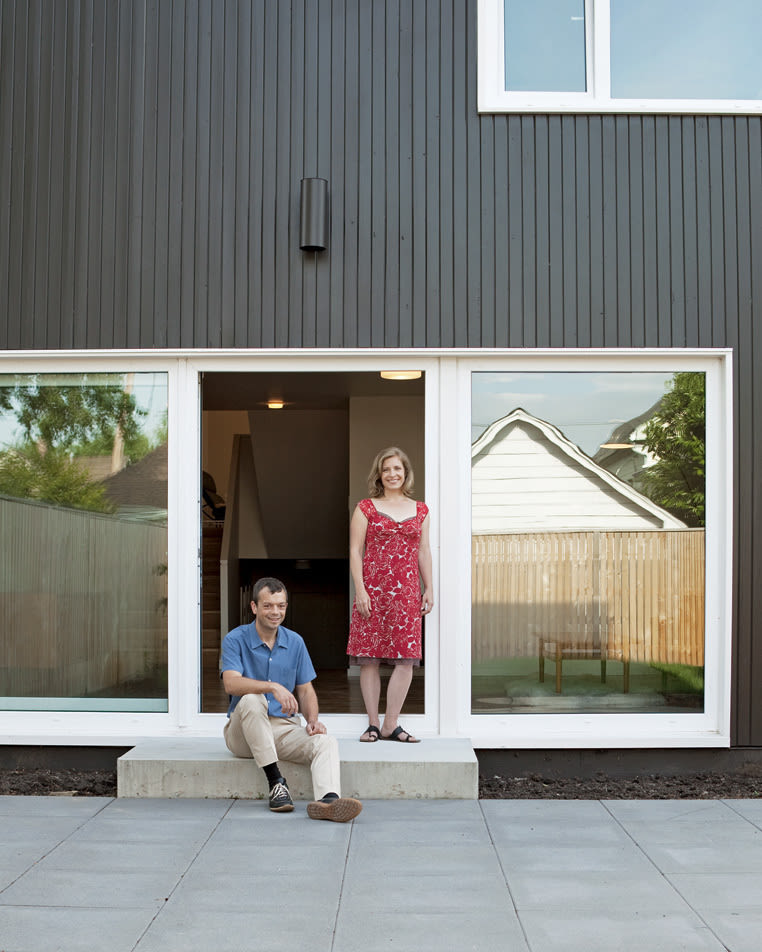
Ben Waechter and Daria Crymes are the architect/realtor team behind Atelier Waechter. Together, they’ve reconceived the simple townhouse into a study of volume and movement.
Photography by John Clark
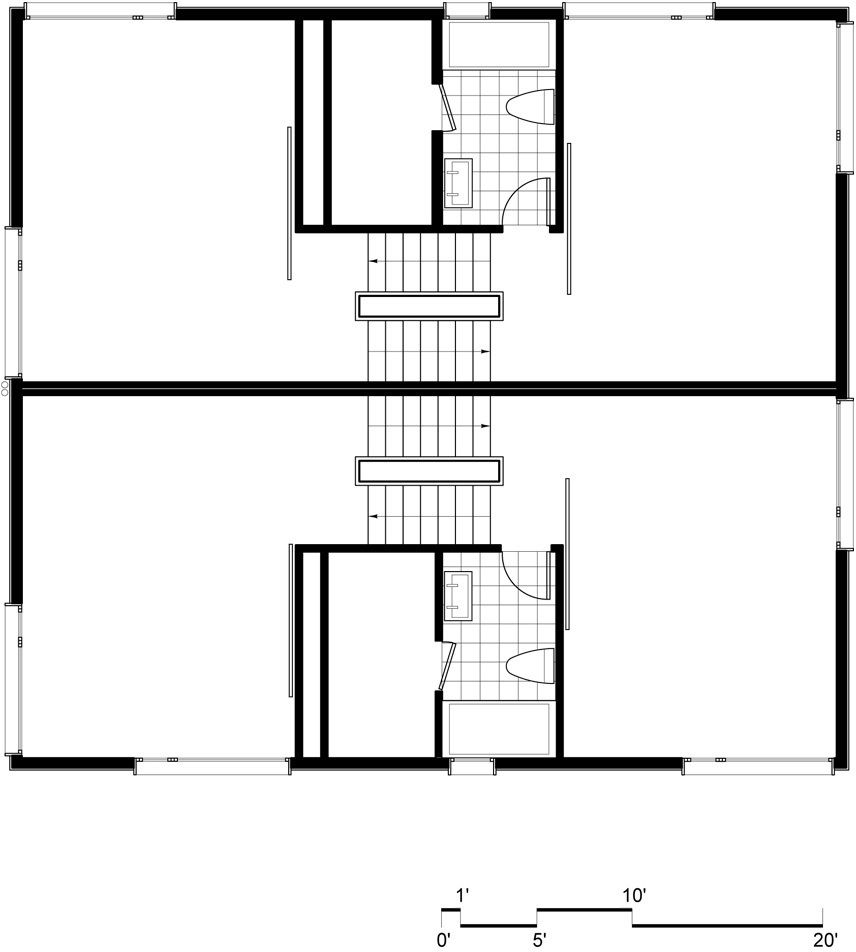
Z-haus is simple: every room is the same size.
Photography by Atelier Waechter
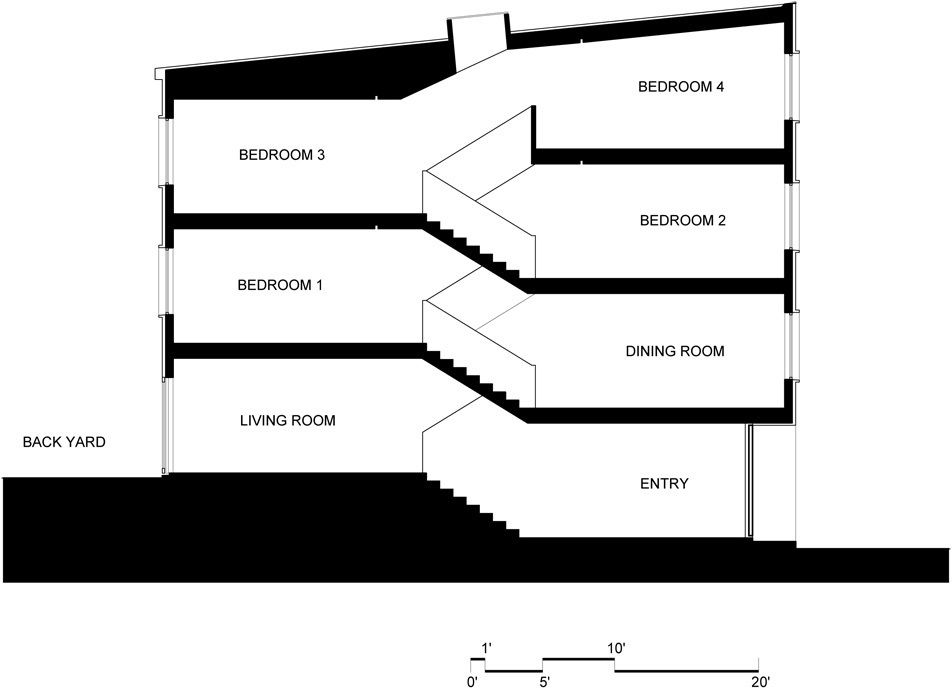
The rooms are stacked, a half flight of stairs apart, around a central core that contains all the mechanical equipment and bathrooms.
Photography by Atelier Waechter
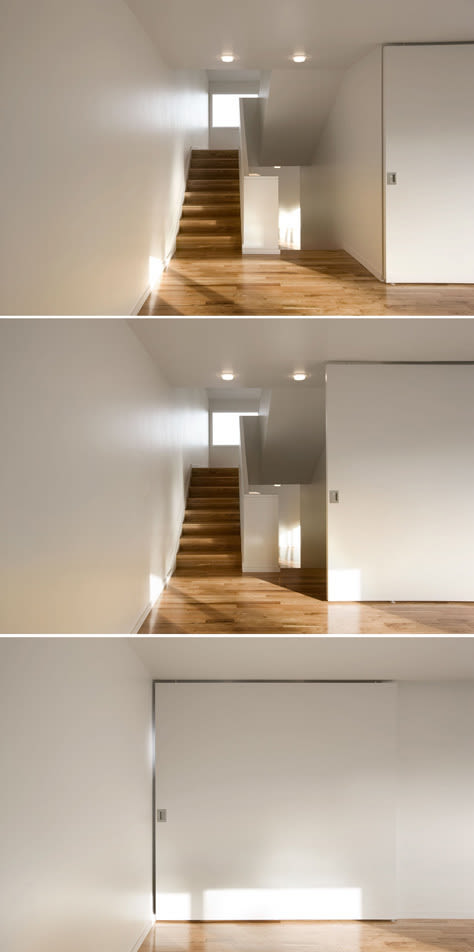
Rooms can be closed off from one another with a large sliding wall.
Photography by Atelier Waechter
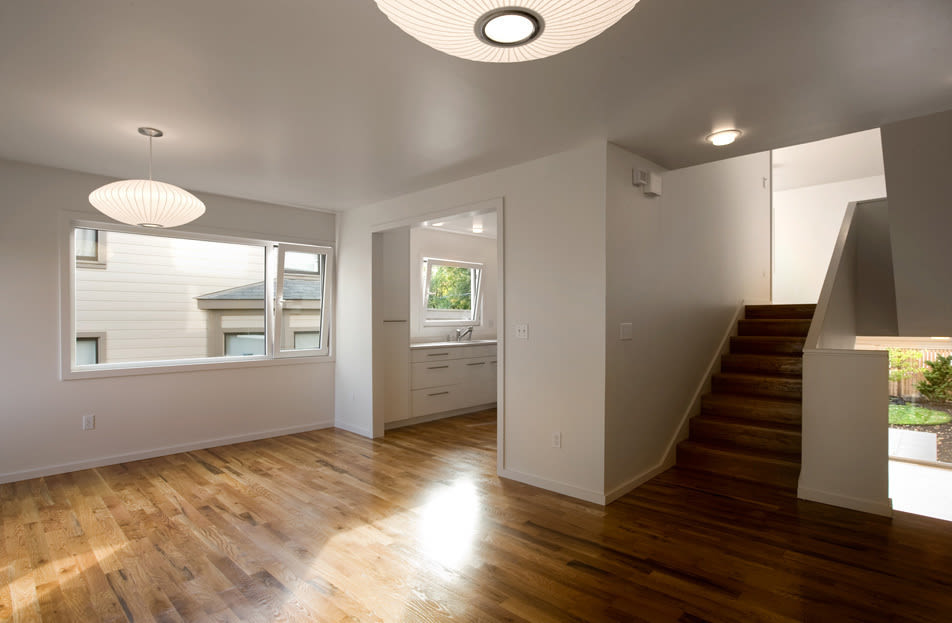
The uniformity of the rooms puts the emphasis on the owners’ furnishings and the experience of the outdoors and the changing light.
Photography by Atelier Waechter
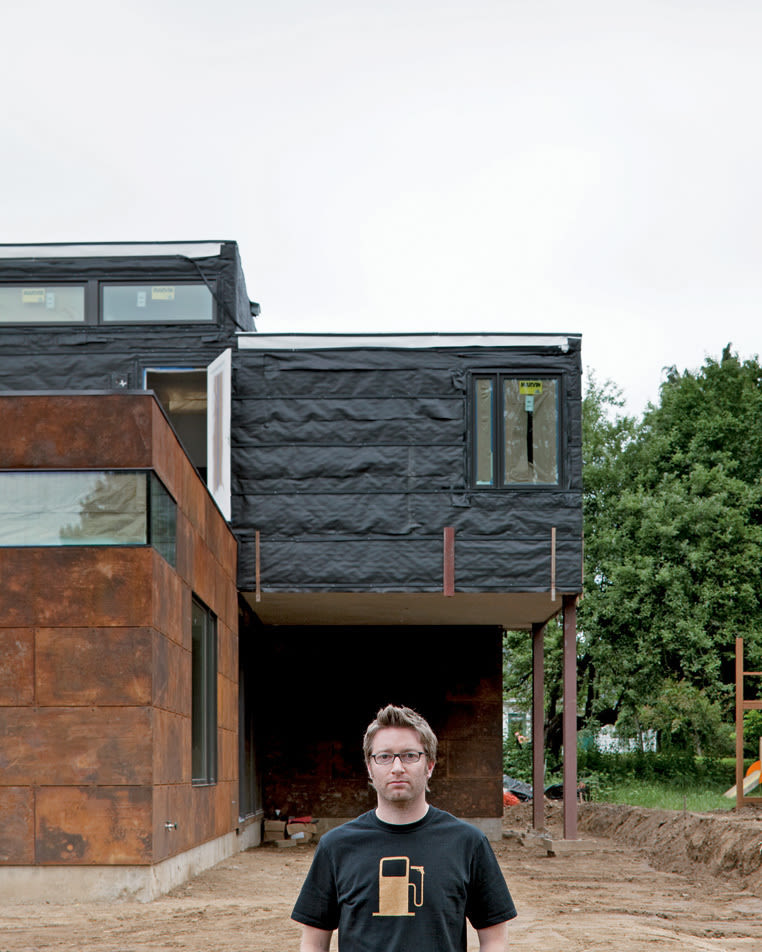
Seed Architecture owner Darin Dougherty is finishing up what he calls the “SIPS” house, named for the Structural Insulated Panels from which it’s built.
Photography by John Clark
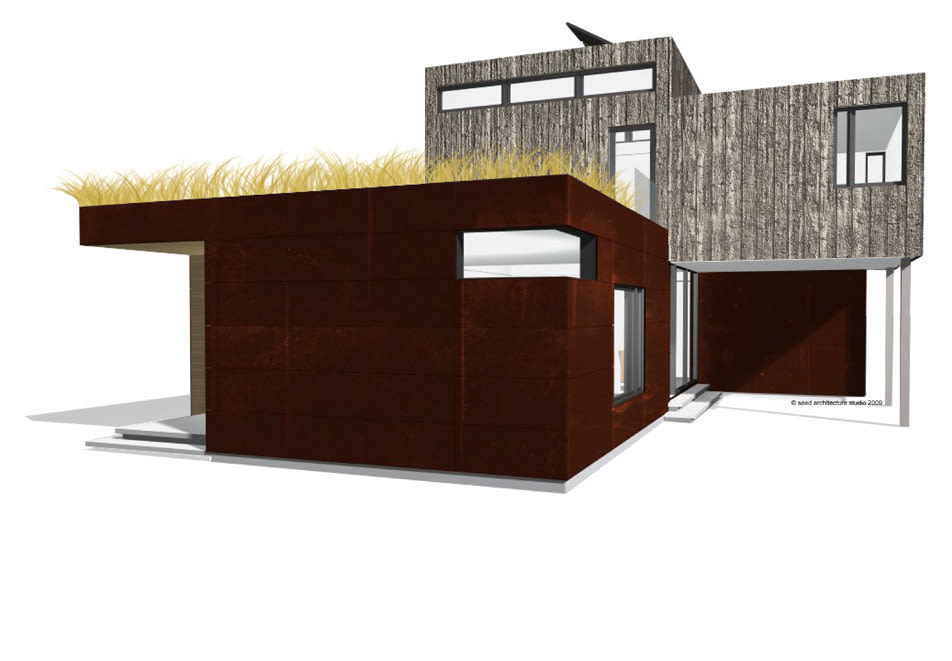
The house has no traditional wood-stud framing, as high-density insulation sandwiched between plywood provides the structure. But where many architects cover the panels with lap siding or other cladding systems, Dougherty is using Cor-Ten steel and re
Photography by Seed Architecture
